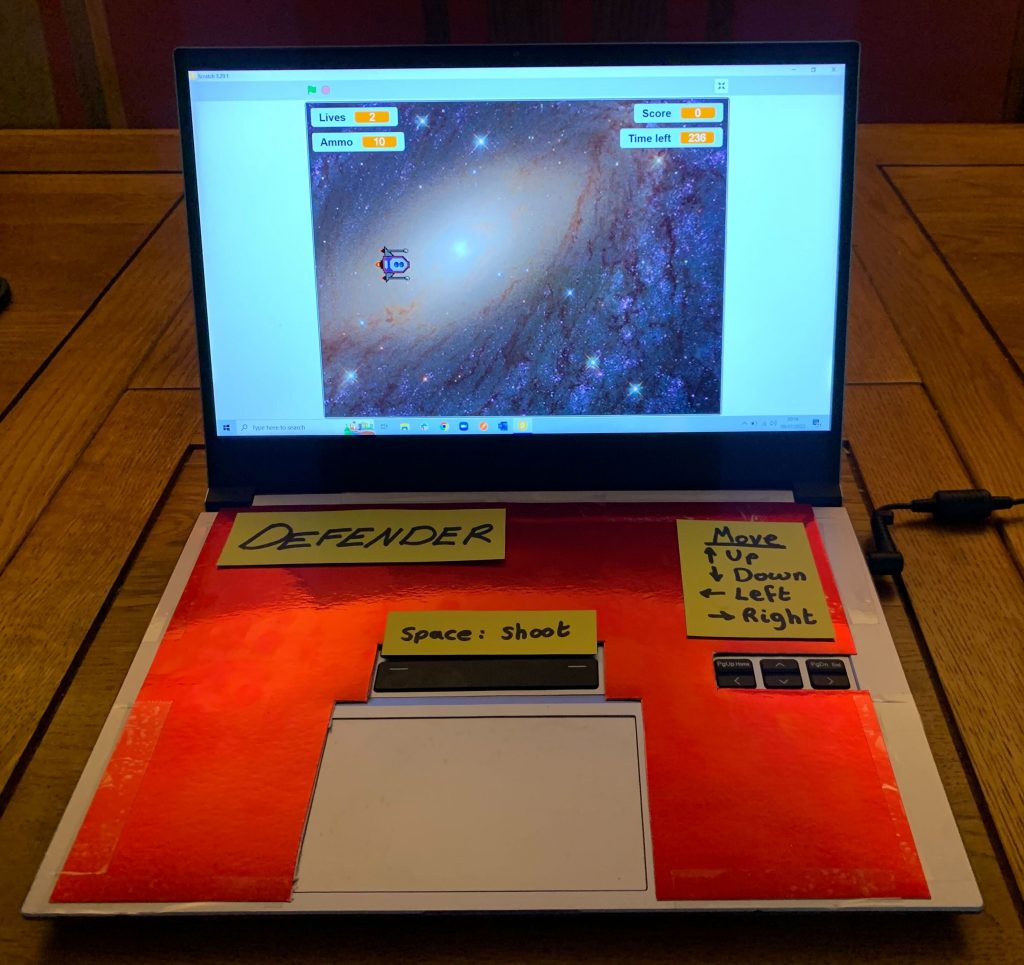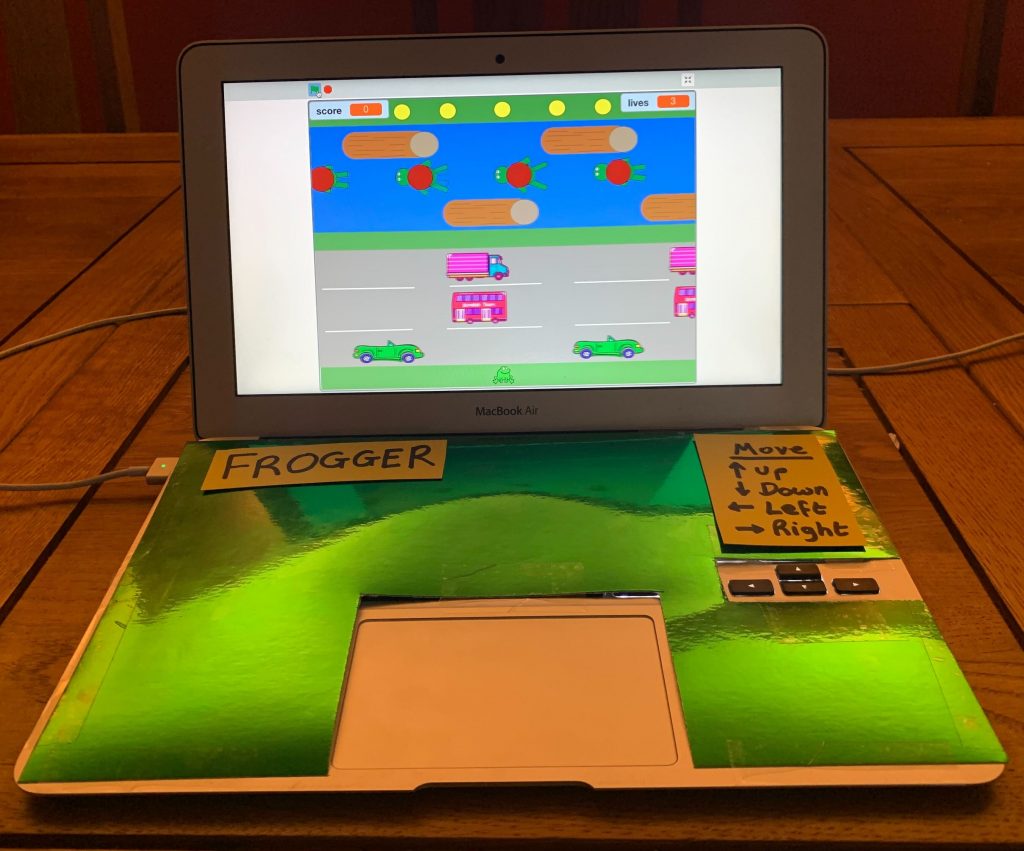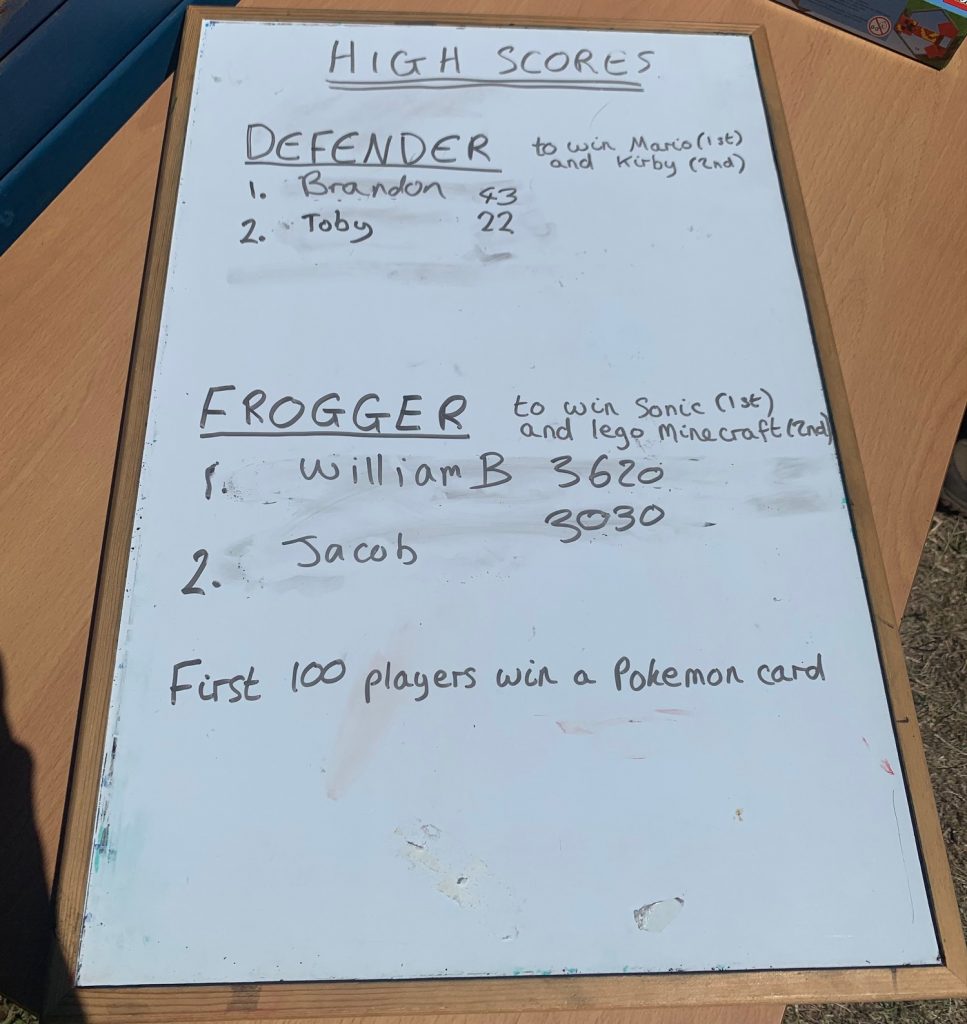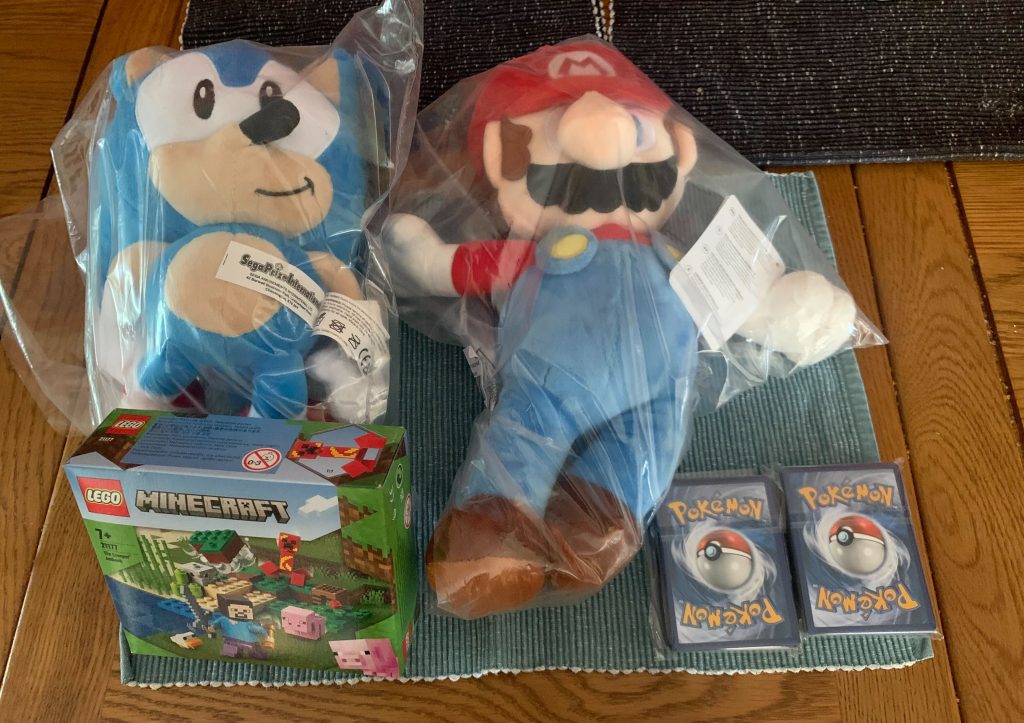(Or a fun way to introduce local kids to programming)
A previous employer encouraged me to join the STEM Ambassador program at the end of 2017 (https://www.stem.org.uk/stem-ambassadors) and I willingly joined, wanting to give something back to society. The focus of the program is to send ambassadors into schools and local communities, to act as role models and to demonstrate to young people the benefits and rewards that studying STEM subjects can bring. I approached my local primary school (at the time my daughter was a pupil there) about the possibility of setting up an after-school computing club, and they jumped at the chance.
I started the club unsure what to expect, but with a lot of hope and some amount of trepidation. I took on groups of 10 or so KS2 pupils, teaching them the basics of loops, events, variables and functions, largely using Scratch (https://scratch.mit.edu/) and an eclectic mix of programmable robots that I’d acquired over the years (I have a few from Wonder Workshop https://www.makewonder.com/robots/ and also a pair of Lego Boost robots https://www.lego.com/en-gb/product/boost-creative-toolbox-17101). Running the club was extremely rewarding. Some of the kids were brilliant, and will no doubt have a great future ahead of them. Others mainly wanted only to drive the robots around – but I figured that as long as they were having fun then their and my time was well spent.
Then, in March 2020, the Covid-19 pandemic hit. Kids were sent home for months, and all clubs were cancelled, with no knowing when they might start up again. The pandemic has obviously been tough for everyone, but one of the hidden effects has been the impact on the education of our children. It will take years, probably, to know exactly what effect two years of lockdown has had on the attainment opportunities and mental heath of young people. Many of them missed out not only on in-person schooling, but also on all the additional extra-curricular opportunities like school visits, and also things like the STEM Ambassador program.
So now, two years and a change of jobs later, I thought it was about time I got myself back in the field, and start up my STEM activities again.
My first opportunity has been to run a “retro games arcade” stall at the school’s summer fair. This involved commandeering a tiny wooden cabin plonked the wrong-way-round on the edge of the school field, next to one of the temporary classrooms. To turn this into a games arcade I needed to black out the windows to make it dark enough inside to see a computer screen, then to run an extension lead out of the window of the classroom, and to quietly steal a few chairs and tables upon which to set up my “arcade consoles”. Blacking out the windows was achieved by covering them up with garden underlay and sticking drawing pins around the edges (much to the detriment of my poor thumbs).
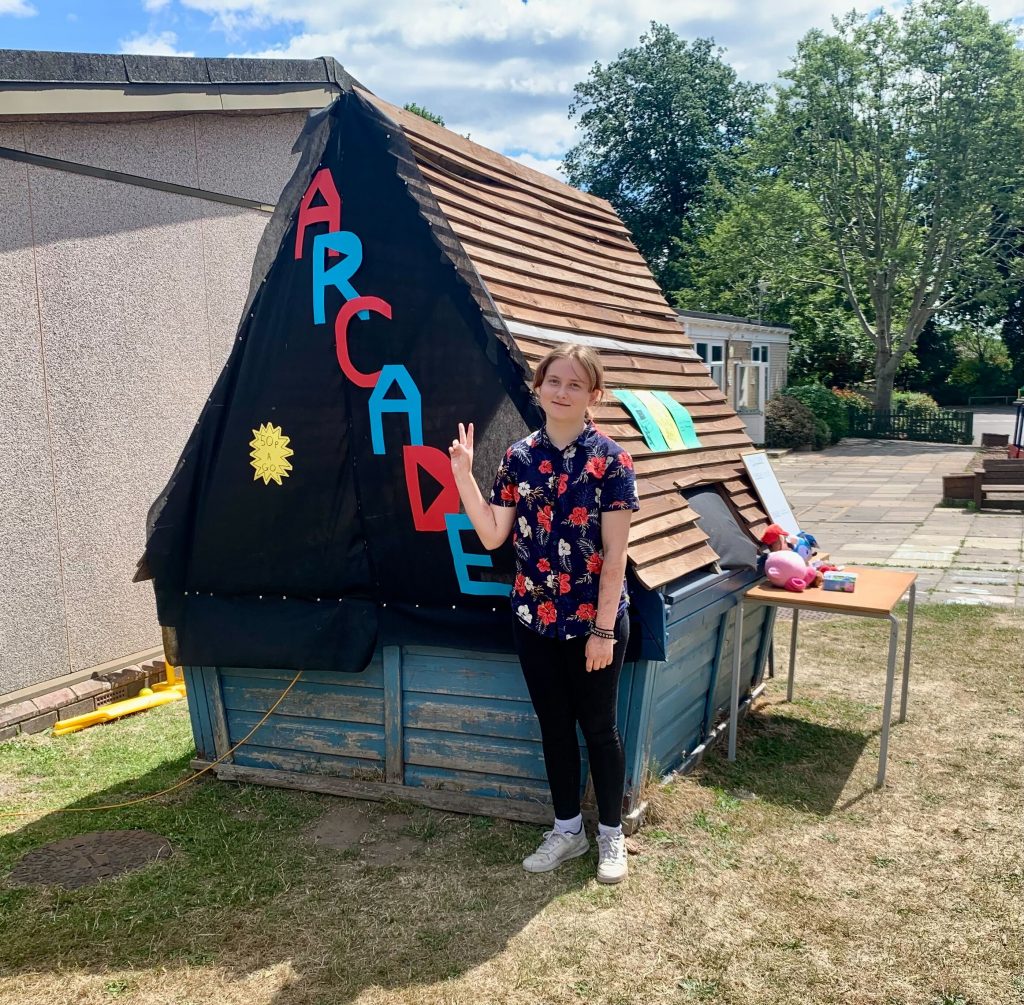
For the arcade machines, I wrote two games in Scratch based around the classic arcade games “Defender” and “Frogger”. I set up two laptops to run these games, covering over all but the arrow keys, trackpad and spacebar with shiny card. My aim was to write games that the students could replicate themselves, if they wished. I wanted games simple enough that a small child could play, but would also be fun for an older child or a parent to play as well. The gameplay should ideally last for 1-4 minutes, and the player should be able to accumulate a high score. As the afternoon progressed I kept track of the highest two scores in each game so that the players with these scores could win a prize at the end of the afternoon.
If you’re interested in seeing these games then you can have a look here:
Defender: https://scratch.mit.edu/projects/711066827/
Frogger: https://scratch.mit.edu/projects/317968991/
Of course the afternoon in question was one of the hottest days of the year. I spent 3 hours diving into and out of the tiny sweltering cabin, caught between managing the queue, taking the 50p fee, handing out Pokémon cards to the players (I got a stack of them and gave one out to every player), explaining to the kids how to play the games, and keeping track of the ever-changing high scores. I did have willing help from my daughter (who especially liked taking the money) and my husband (who seemed adept at managing the queue). At some point I managed to eat a burger and grab a drink, but it was a pretty frenetic afternoon.
67 Bricks agreed to give me £50 to pay for prizes. I bought Sonic and Mario soft toys, a Lego Minecraft set, and a large pack of assorted Pokémon cards. I also washed up a Kirby soft toy that I found in my daughter’s “charity shop” pile and added that to the prize pool. Throughout the afternoon I kept track of the top two highest scores in both games, using the incredibly high-tech method of a white-board and dry-wipe marker. The hardest part was figuring out how to spell everyone’s name, and in moving the first-place score to second place every time a high-score was beaten. Oh, and making sure the overly-enthusiastic children didn’t wander off with poor Mario before the official prize giving ceremony.
As the afternoon progressed I encountered some kids who aced the games, and actively competed with each other to keep their place at the top of the leader board. Other children struggled to control the game and I had to give them a helping hand (quite literally – I said I would control the cursor keys while they controlled the space bar). And then there was the dad who was determined to win a prize for his child, and kept returning to make sure of his position on the leader board. But eventually the last burger was eaten, the arcade was closed, and the prizes announced. Four children went home happily clutching their prizes and the rest their collection of assorted Pokémon cards.
For the next step in my STEM Ambassador journey, I have agreed to start up the computing club again in September. I’m hoping to teach the children the skills to write their own arcade games in Scratch. Watch this space.

